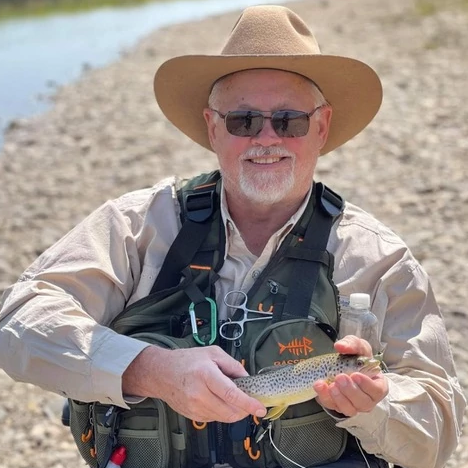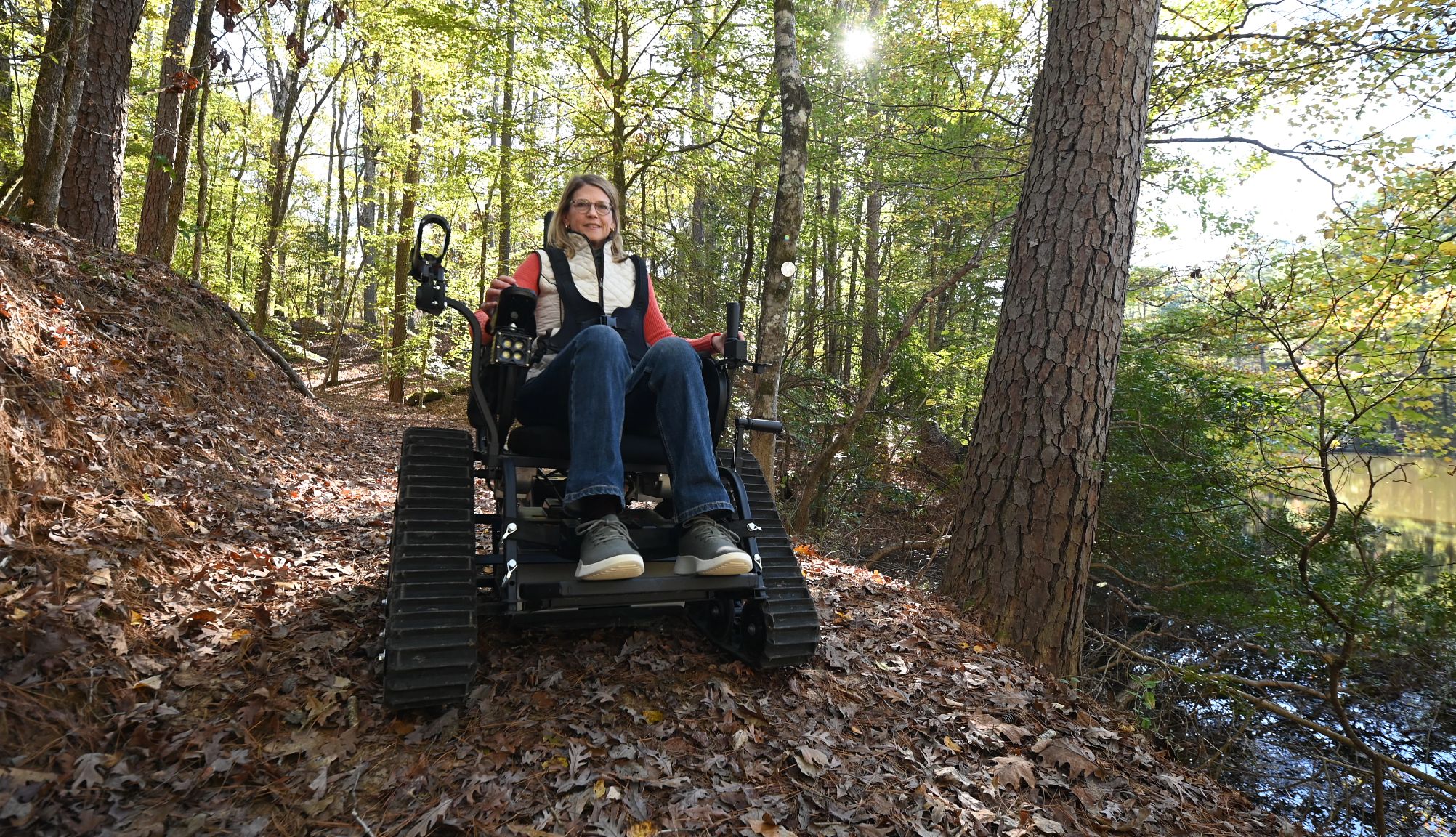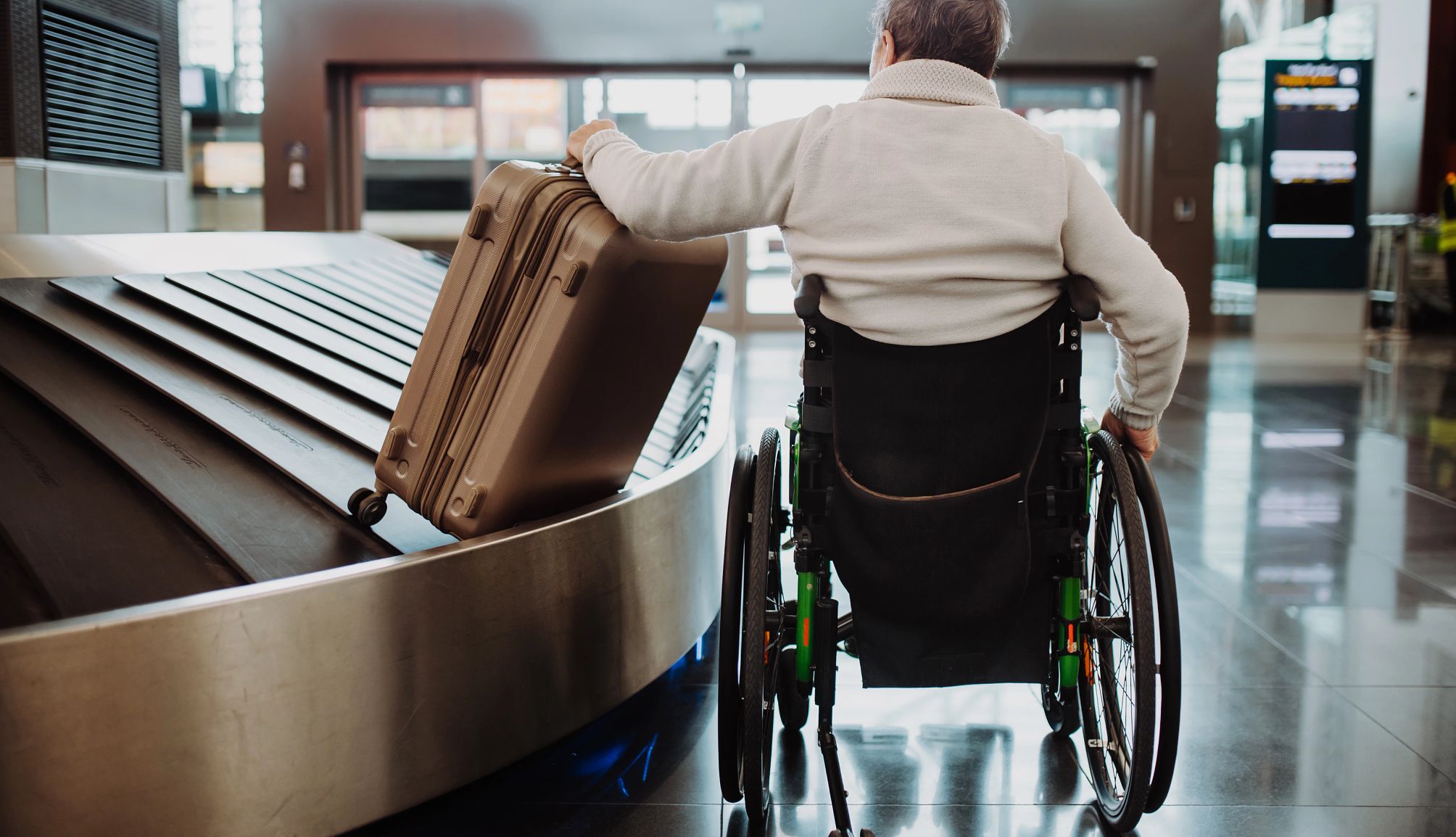AARP Hearing Center
“I’ve always loved the outdoors,” says Bill McKee, 66, of Garland, Texas. “I’m the generation that had to play outside … even in the dead of winter.” As a youngster, his dad taught him to fish, and he learned outdoor skills from the Boy Scouts. When McKee’s kids were old enough, the family took trips to Colorado where they climbed 14,000-foot mountains, hiked, and meandered rivers fly fishing.
In 2002, a motorcycle accident left McKee a full-time wheelchair user. With some adaptations, he’s still an avid outdoorsman. In the past two years, he has visited nearly 40 campgrounds posting YouTube videos of the campsites with accessibility advice to help viewers select the spot that works best for them.
Being out in nature is a lifelong passion for McKee. “It’s where I recharge my batteries … my soul,” he says. Research consistently shows time spent in the great outdoors is good for your physical and mental health. Stepping outside relaxes our bodies and minds. A bonus: It can lower blood pressure and decrease anxiety.


“Nature can be hard to make accessible. We try to keep nature intact, but also provide accessibility,” said Owen Gilbo, Americans with Disabilities Act (ADA) coordinator/designee for reasonable accommodations (DRA) at the New York State Office of Parks, Recreation and Historic Preservation.
According to the Centers for Disease Control and Prevention (CDC), almost 44 percent of adults 65 and older report they have a disability. State parks are enhancing their services, programs, equipment, and facilities so people with disabilities can get closer to nature. Here are some of the exciting, new changes happening across the country.
Parks offer special wheelchairs for outdoor enthusiasts
Several state parks have acquired all-terrain wheelchairs for guests to use. Instead of wheels, the chairs have treads similar to those on a tank. Riders can safely drive the burly machines through mud and snow and over rocky paths — places traditional wheelchairs cannot venture.


This year, Logoly State Park in Magnolia, Arkansas, and Big Creek State Park in Polk City, Iowa, introduced all-terrain wheelchairs — becoming the first in their state park systems to do so. Minnesota debuted five all-terrain wheelchairs two years ago. Their popularity prompted eight additional state parks to purchase them.
As part of its newly launched “Outdoors Beyond Barriers” initiative, Georgia state parks added 11 all-terrain wheelchairs in 2022 and nine more in 2024. The Georgia Department of Natural Resources invested more than $2.4 million in park improvements during the 2024 fiscal year. In summer 2025, the department plans to roll out GRIT chairs. Like an all-terrain wheelchair, the GRIT chair requires more upper body strength. The thinner frame of a GRIT chair enables riders to explore narrower trails.
Beach wheelchairs, another mobility aid, have been offered at state parks for several years. The chunky wheels glide over sand and don’t get stuck like a conventional wheelchair. Some beach wheelchairs float in the water while others do not. Depending on the model, a beach wheelchair can be driven independently while others require assistance from a companion. Optional accessories include raisable leg rests, seat belts, head rests, and cup holders. At Glimmerglass State Park in Cooperstown, New York, the beach chair has a special accessory — skis.







































































